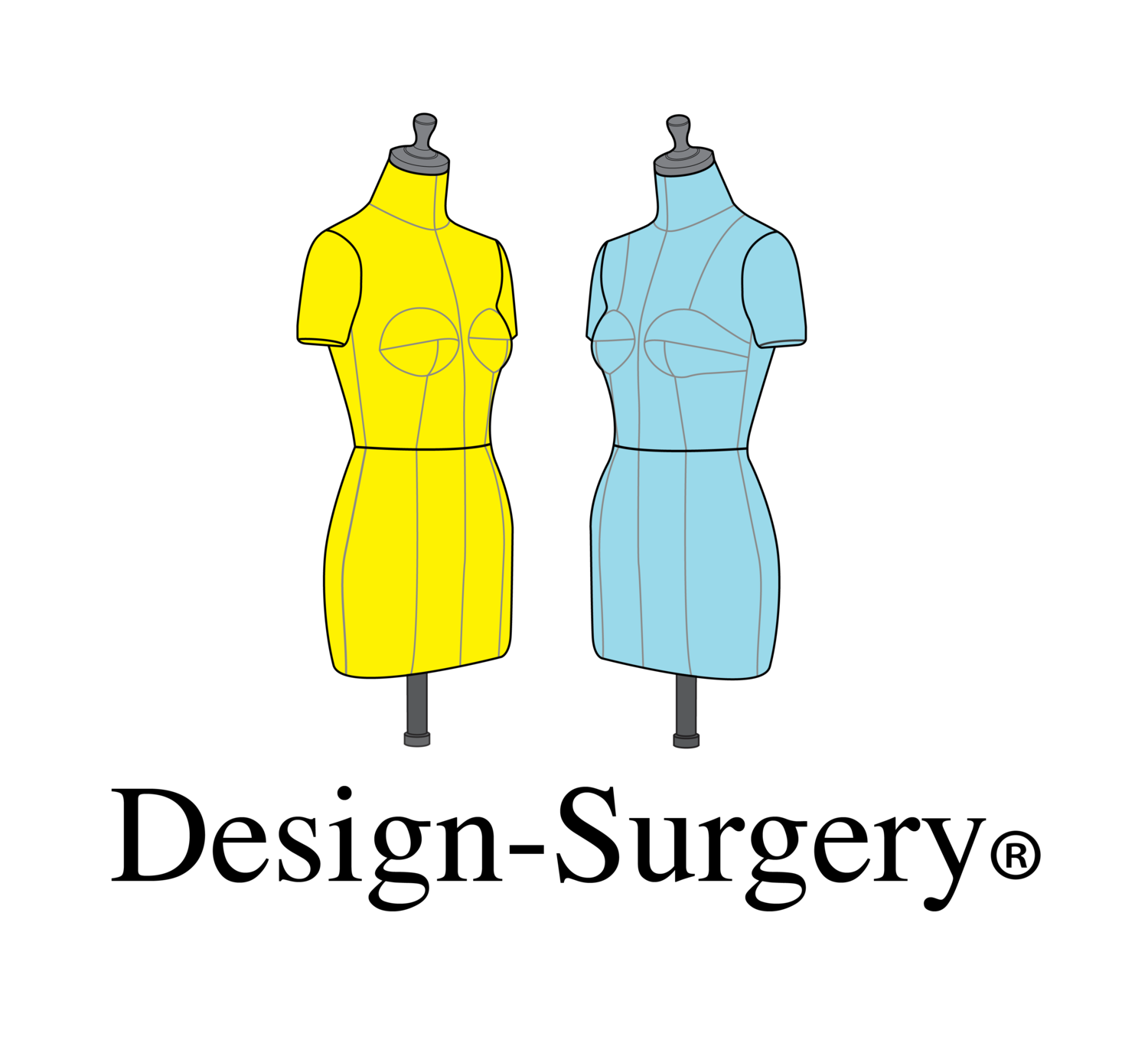How Mannequins Have Changed Over The Years
Despite having a seemingly uniform shape, designer dummies and mannequins have gone through a lot of changes that have reflected the different cultural and social revolutions that have made an impact over the past two centuries.
Whilst some of these changes are due to technological advances that have allowed for dummies to better reflect different bodies, others highlight how attitudes such as body image have changed so significantly.
Before The Shop Dummy
Mannequins are considerably older than their use today, although exactly how old depends on whether one counts early ceremonial dress forms such as those found in the tomb of Tutankhamun.
The first mannequins that were used to demonstrate clothes were very small and designed to be imported across Europe as a marketing tool for dressmakers and tailors.
In an age before photography, most tailors relied on either the written word or portraits of particular fashions to sell their clothes, but neither could truly reflect how a particular dress would feel or capture the more complex details.
These fashion dolls were very popular among the courts of the time, with royal figures such as Mary, Queen of Scots having many dolls of this type.
Eventually, once fashion magazines became popular, and Napoleon Bonaparte banned them because of their potential use in espionage, these dolls fell out of favour, with full-sized dummies becoming more popular.
The Department Store Dummy
The Victorian age and the Industrial Revolution in textiles that came alongside it would transform the use of mannequins forever through the creation of the department store.
These gigantic, flagship shops, featuring huge plate-glass windows, would soon be populated by life-sized mannequins dressed in the latest styles, often displayed in idealised settings to help passers-by develop an aspiration for a life of luxury.
Also, compared to posters, paintings and later photographs, they could give a more tactile way for people to see how a dress would fit them.
They were initially made of papier-mache, but it would not take long for wax models to be used instead, with glass eyes and wigs to provide as lifelike an image as possible.
Adding to this is that whilst the unfortunate tight-lacing excesses of Victorian fashion were catered for in these mannequins, not all of them had that impossible, idealised body shape, with a range of different body shapes available for both men and women.
Into the 20th century, mannequins became far more versatile, being made from plaster composite and often being movable unlike previous generations, which was partly a consequence of the end of the modesty of the Victorian era, the First World War, and the fashion revolution that followed.
There was a wide range of models around that time that ranged from slender to more pear-shaped, in a range of ages and physical types.
This would change by the end of the Second World War, and there would be a rise in mannequins that resembled and reflected the idealised body shapes of the era, from the hourglass look of the 1950s to slender, toned mannequins in the 1990s, and a mix of both in the 2000s.
This changed again in the 2010s, helped by a body positivity movement that has caused many idealised views on beauty to be questioned and challenged. This paved the way for more realistic body types appearing in store windows once again.
